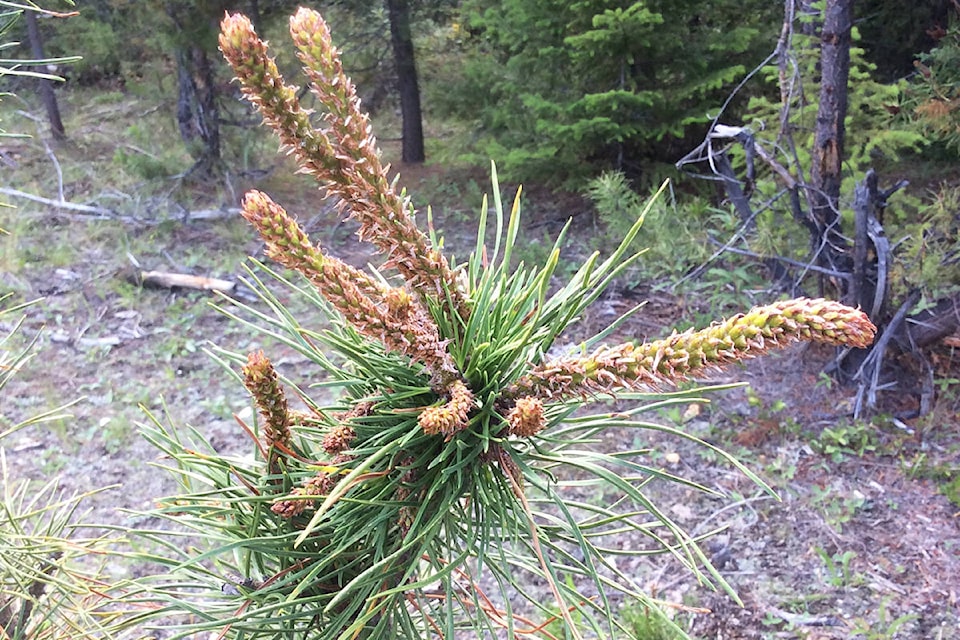Using herbicides in agriculture as well as forestry has often been controversial.
In a recent B.C. government press release, the spraying of forests to control deciduous plants that interfere with conifers was reduced from 16,000 hectares to 10,000.
Concerns over the impacts on wildlife was the main reason cited particularly relative to ongoing declines in moose populations. The complete elimination of herbicides may be a problem for some forest companies who are required to meet a minimum stocking of conifers as prescribed by government regulations.
Some silviculture research specialists have been looking at the stocking standards that deal with the level of deciduous plants and the associated free growing levels of conifers so that the forest companies can meet their commitments.
Ongoing research is showing that using herbicides may not be achieving the intended results and collateral damage may often create many negative consequences.
Back in 2011 Mark Hume in a Globe and Mail article discussed growing concerns about the possible impact of glyphosate (the main constituent of Roundup) on frogs and other animals.
In 2008, a B.C. Ministry of Environment report concluded that glyphosate is “potentially highly toxic for many amphibian species.”
Read More: COLUMNS: The downside of being more efficient
In 2009, the Forest Practices Board noted in a report that glyphosate has been sprayed into wetlands, causing possible damage to amphibians, “however, the level of risk has not been fully assessed.”
Despite the concerns raised by those two reports, there haven’t been any follow up studies.
But Suzanne Simard, a Forest Science professor at the University of B.C., says the use of herbicides is misguided.
Her research has found that conifer forests don’t do better when the broadleaf plants are killed off.
The assumption was that spraying boosted the growth of conifers, because the competing plants were killed off.
But in the three decades the practice has been going on, there has been little effort made to confirm the results.
Now, Prof. Simard is studying just that, and finding that nature turns out to be more complicated than a lot of people thought.
“I was looking at it to see whether or not applying these herbicides actually achieved the goals the foresters were setting out to achieve … which was to improve the growth of crop conifers. And I found that, generally, it’s not that effective,” she said.
Now it turns out that it doesn’t help the conifers grow – which means the frogs, bees, and other forest species are being put at risk needlessly.
Read More: B.C. forest ministry cutting back on use of the herbicide glyphosate
Personal communication with some local silviculture specialists confirms many of the above observations.
The problem is that herbicides are viewed as a quick, easy, cost effective way of establishing conifer trees, but more and more research seems to show otherwise.
Susan Woermke has many years of silviculture experience in the interior of the province and has arrived at the following conclusions.
“We do not need to use herbicides as there are other means of effective establishment: timely silviculture practices and site-specific prescriptions may be utilized as a means of meeting legal obligations without undue cost.”
In her experience, conifers may also suffer growth defects contrary to the claims of herbicide manufactures.
A study in eastern Canadian forests also described similar conclusions as in this province.
The conclusion was that stocking of commercial species without the use of herbicides was superior and it was recommended that the government cease to fund herbicide use in Nova Scotia, and consider banning their use on Crown land.
Jim Hilton is a professional agrologist and forester who has lived and worked in the Cariboo Chilcotin for the past 40 years.
